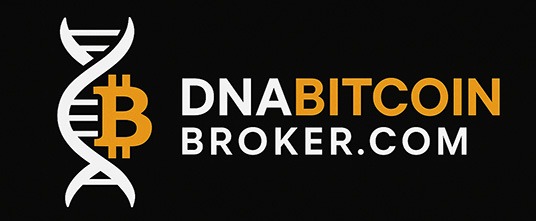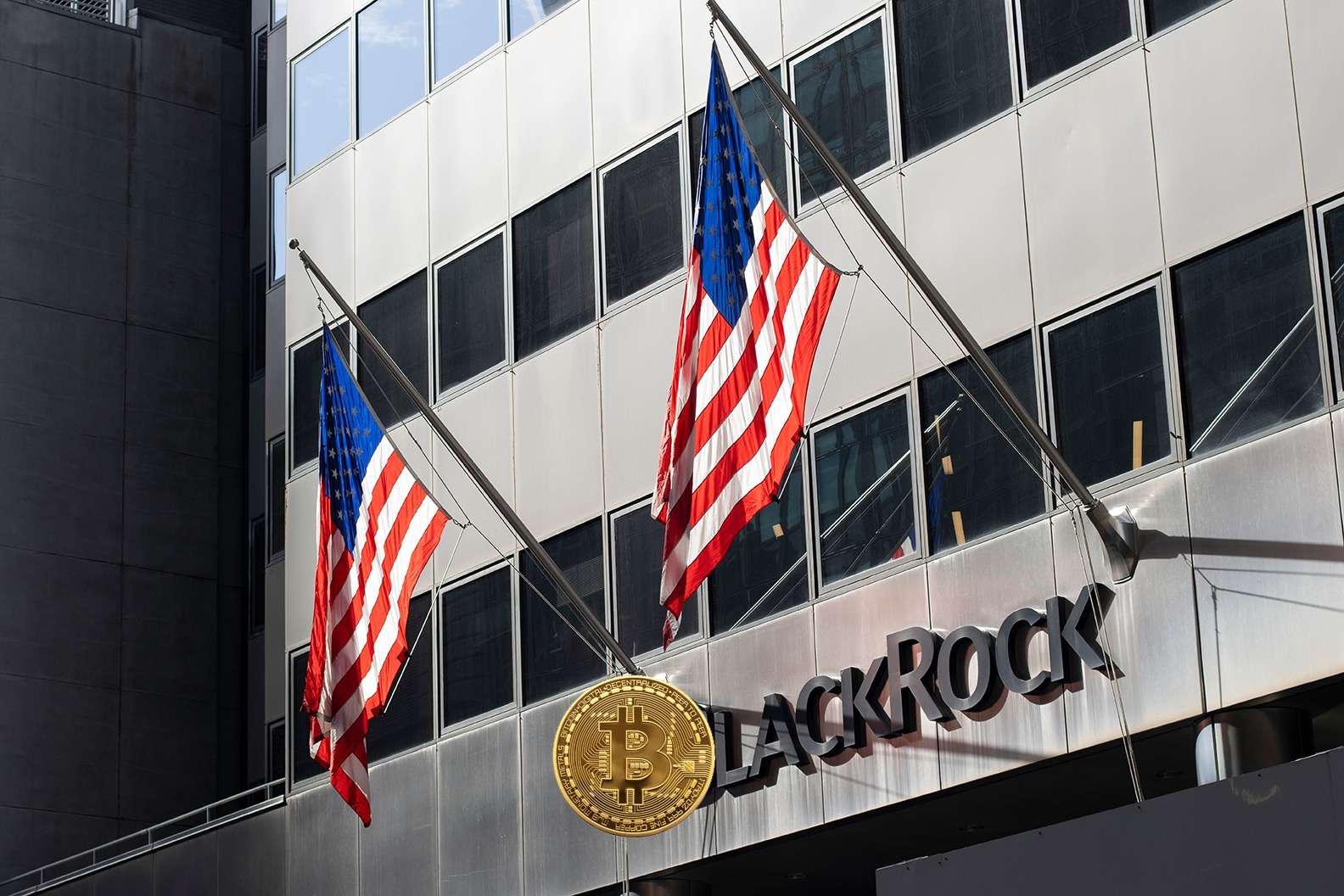DeFi began as a rebellion. Under MiCA, it may end up as part of the system.” – DNA Crypto Knowledge Base.
With the Markets in Crypto-Assets Regulation (MiCA) now entirely in force across the EU, decentralised finance (DeFi) has reached a defining moment.
For years, DeFi thrived on permissionless, borderless protocols—no banks, no paperwork — just code. But MiCA introduces compliance, licensing, and liability into a world built on anonymity and autonomy.
Learn more: DeFi and MiCA Regulation.
MiCA in Brief: A Unified Rulebook
Since December 2024, MiCA has created one framework for all 27 EU member states, covering:
-
– Stablecoins and reserve requirements
-
– Licensing for crypto-asset service providers (CASPs)
-
– AML/KYC checks and reporting
-
– Investor protection and risk disclosures
Importantly, MiCA doesn’t regulate smart contracts directly. Instead, it targets the gateways to DeFi — apps, wallets, and exchanges that interface with users.
Explore: What is MiCA and Why It Matters
DeFi’s Dilemma: Code vs Compliance
DeFi wasn’t built for regulators. Key challenges include:
-
– Most protocols lack legal entities.
-
– Identity checks conflict with pseudonymity.
-
– Few investor safety nets, like insurance or disclosures.
For regulators, this looks risky. For developers, this is the point.
DeFi’s Adaptation Strategies
Some projects are innovating under MiCA:
-
– Hybrid platforms – wallets and aggregators applying for CASP licences.
-
– Permissioned liquidity pools – restricted to verified institutions.
-
– DAOs with legal wrappers – registering in Switzerland or Liechtenstein.
It’s no longer the wild west. DeFi is starting to “wear a tie.”
Related: Smart Contracts and Automated Finance
TradFi’s Response: Selective Integration
Traditional finance (TradFi) isn’t resisting DeFi — it’s integrating it:
-
– Tokenised bonds & credit pools – faster settlement and new yield sources.
-
– Curated DeFi access – safe, regulated on-ramps for clients.
-
– Institutional liquidity – asset managers placing capital into permissioned pools.
If DeFi can move money faster and cheaper, TradFi will adopt it — wrapped in compliance.
Explore: Institutional Tokenisation
The Future: Convergence, Not Conflict
Pure DeFi may struggle under MiCA, but hybrid models and TradFi partnerships point to convergence.
DeFi started as a rebellion. Under MiCA, it may become part of the financial mainstream.
Image Source: Envato
Disclaimer: This article is for informational purposes only and does not constitute legal, tax, or financial advice.












